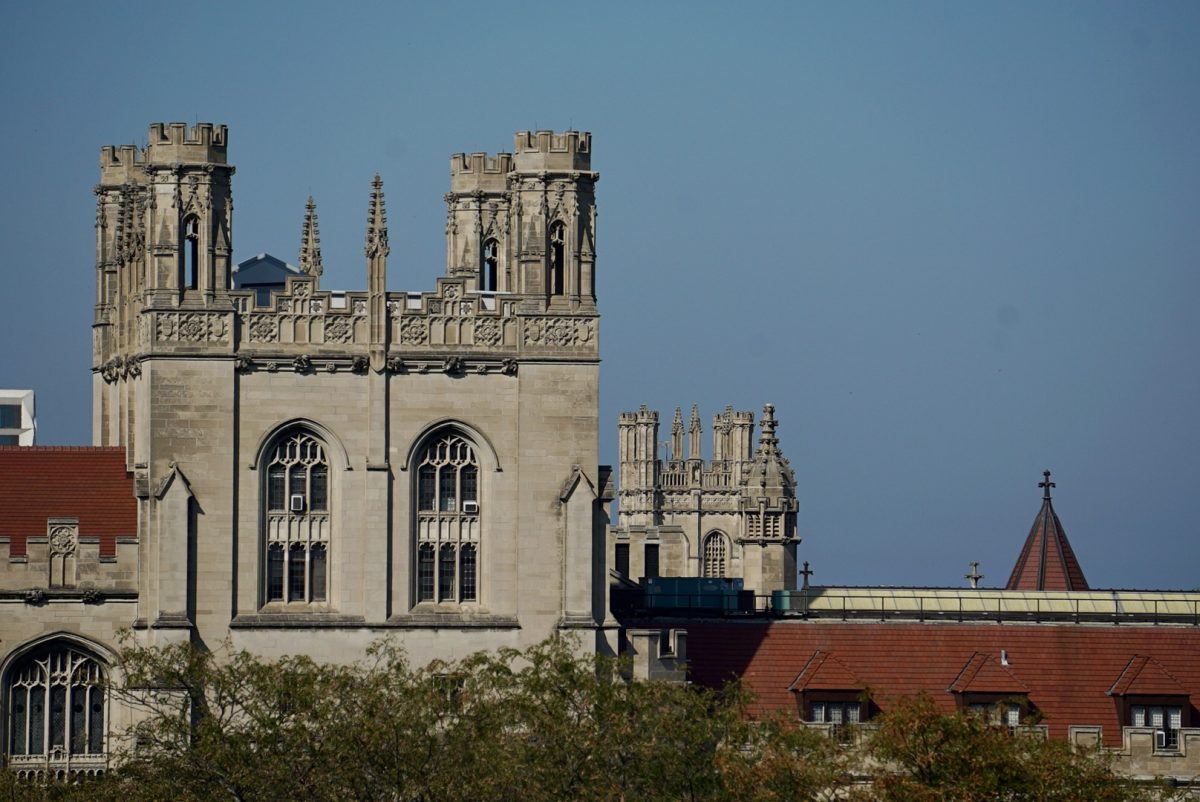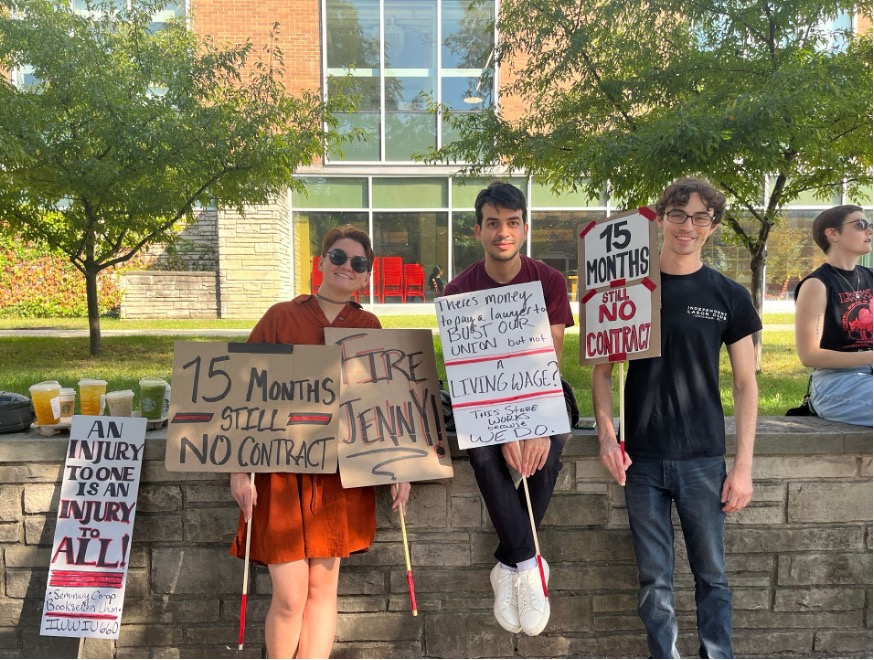[img id=”80370″ align=”alignleft”] The Office of the Provost’s Working Group overestimated the cost of extending full graduate aid benefits to all current students by nearly $24 million over four years, according to an independent analysis by a graduate student.
The roughly $57 million price tag calculated by the group failed to account for the reduced tuition rate that takes effect after graduate students enter their fifth year of study, according to Daragh Grant, a third-year political science graduate student who this weekend noticed the miscalculations while examining the group’s December report.
The Working Group was convened by Provost Thomas Rosenbaum last May to explore issues of graduate student life and to make recommendations on how the University could address student concerns about funding for current students. The move was a response to pressure by graduate students who organized after it was announced that benefits from the Graduate Aid Initiative, announced last February, would not be available to students who matriculated prior to the 2007-2008 school year.
The $57 million figure was cited by the Office of the Provost in its decision not to extend the generous Graduate Aid Initiative to all current students. Grant’s recalculation estimated that the actual cost would be roughly $33 million over four years.
Tuition for students beyond their fourth year—a status known as Advanced Residence (AR)—is about $15,000 compared to almost $37,000 for students in their first four years—known as Scholastic Residence (SR).
In calculating the expected costs of extending the Graduate Aid Initiative to students who did not benefit from its full-tuition and stipend allotments offered to incoming students beginning this year, the Working Group assumed all students would pay the higher SR tuition numbers, adjusted for tuition increases, through 2011.
But students progressing beyond their fourth year of study automatically begin paying AR rates, meaning that fewer current students each year will pay SR tuition without the benefit of Graduate Initiative Aid Funding. The 2010–2011 academic year will be the first year that all students in their first four years of graduate school will be covered by the initiative.
In neglecting to account for the decreased tuition rates for the group of students that each year passes into AR status, the Working Group overestimated the amount of extending the Graduate Aid Initiative to current non–initiative-eligible students by several million dollars each year—to the tune of $24 million over four years.
Grant also emphasized that the administration’s use of the $57 million figure was not entirely accurate because it included the cost for the current academic year. Because the Working Group’s recommendations would not take effect until the 2009 fiscal year, the estimates calculated for 2008 were effectively negligible, further reducing the total cost of full funding to about $17 million.
The revised numbers were presented yesterday to administrators who had been closely involved with the Working Group’s discussions and recommendations, including Deputy Provost for Graduate Education Cathy Cohen, Vice President and Dean of Students in the University Kim Goff-Crews, and Deputy Dean of Students in the University for Student Affairs Martina Munsters, who was the administration’s Working Group representative.
In an e-mail to Erica Simmons, graduate student liaison to the Board of Trustees, Munsters confirmed that Grant’s analysis was correct and that the Working Group’s calculations had “introduced a significant error.”
Munsters could not be reached for comment by press time.
Cohen, who has worked closely with members of the Working Group and been the public voice of the administration’s recent graduate funding efforts, said that while she had not taken a close look at the numbers, she and fellow administrators recognized that a significant error had been made.
“This is something that we take [seriously]; we want to look at the numbers, but the initial recalculation (putting the funding figure at $33 million) is one that we wouldn’t be able to meet to fund all graduate students,” Cohen said in a phone interview. She would not comment on specifics or speculate as to how the Working Group might have committed the error.
In light of the developments, some graduate students have questioned whether the revised numbers, had they been calculated correctly initially, might have altered the Working Group’s recommendations and thus the Provost’s provisions for graduate funding. Last week, the Provost committed almost $3 million for improved graduate funding that included minimum stipends for current students whose departments opted to reduce the number of newly admitted students next year.
“If they had started the year with this much smaller number, it might have been imaginable. Maybe if it had been [$33 million], they would have thought it might have been possible,” Simmons said, referring to the Working Group’s task of confronting the $57 million number when outlining its recommendations to the Provost.
“All of the cost-benefit analysis changes when the project is cheaper,” Grant said, claiming that the mistake showed that the Working Group didn’t approach the task seriously.
But Cohen said the revised numbers would likely have little effect on last week’s funding announcement.
“I have spoken to the Provost,” she said. “I don’t think it changes our response of last week at all… It’s not like we were a million or two million short [of the estimated cost for full funding],” she said.
Still, Simmons said that the development could have implications for graduate students’ response to future efforts by the administration to address graduate funding concerns.
As part of last week’s announcement, the Provost’s report detailed plans to convene committees to explore the issues of graduate teacher compensation and student health care, two major concerns of current students.
“It’s also really important because of the credibility of the efforts moving forward. It’s much harder to move forward working on committees that they want to form if we’re not confident that they’re able to consistently produce reliable numbers,” Simmons said.








